Some Of The Most Devastating Twisters In American History
Although it’s true that The United States is large enough for some areas to be more prone to natural disasters than others, the unfortunate truth is that Americans are unlikely to live in a place where tornadoes never appear. Granted, areas nicknamed “tornado alley” seem to get them more than others, but the right weather patterns to create a tornado can appear just about anywhere.
Unfortunately, it’s hard to predict just how destructive tornadoes will be. Although some are over before they start, while others are powerful enough to devastate multiple towns in one sitting. Let’s recollect the tornadoes that caused the most destruction in American history.
The Tri-State Tornado – 1925
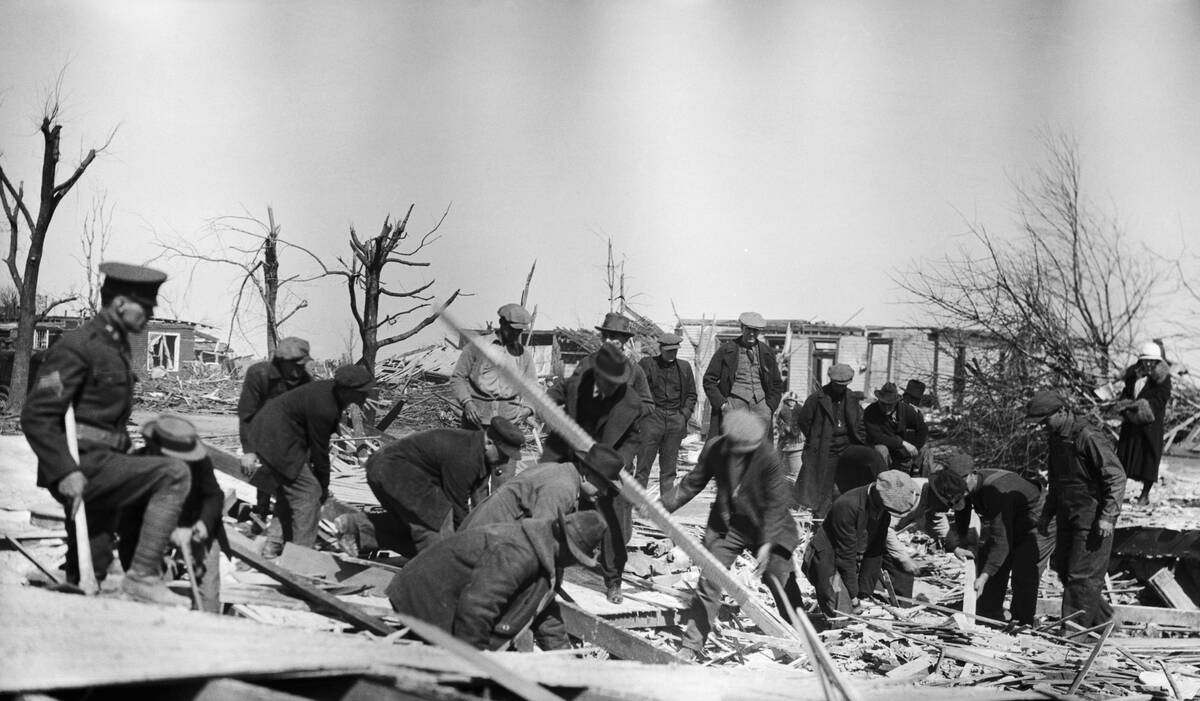
Even the most destructive tornadoes rarely cross state lines, but the National Weather Service noted that one F5 tornado in 1925 — which reached record speeds of 73 miles per hour — cut a 219-mile path between Southeast Missouri, Southern Illinois, and Southwest Indiana.
In all, 19 different communities across 13 counties were affected, with the most catastrophic death toll occurring in Murphysboro, Illinois, which lost a record total of 234 people. In all, the Tri-State Tornado was responsible for at least 695 fatalities, 2,027 injuries, and 15,000 destroyed homes.
The Great Natchez Tornado – 1840
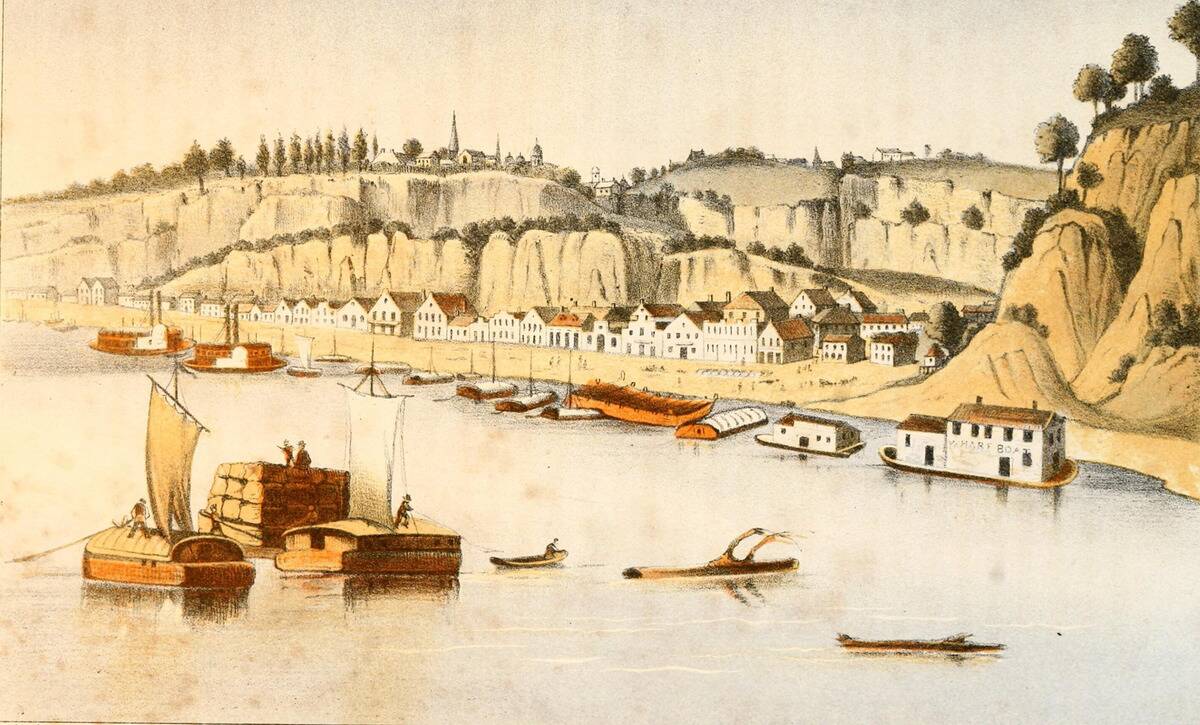
According to The Concordia Sentinel, the Great Natchez Tornado of 1840 has the morbid distinction of being the only tornado in American history to cause more fatalities than injuries. Indeed, that may partially be attributable to the fact that the people of Natchez, Mississippi, were caught completely unaware due to the lack of warning systems at the time.
In addition to utterly devastating Natchez, the tornado also claimed 317 lives and injured an additional 109 people. However, the majority of those deaths were believed to be the result of the tornado’s destruction of 60 nearby flat boats, which left an estimated 200 sailors drowned.
The Great St. Louis Tornado – 1896
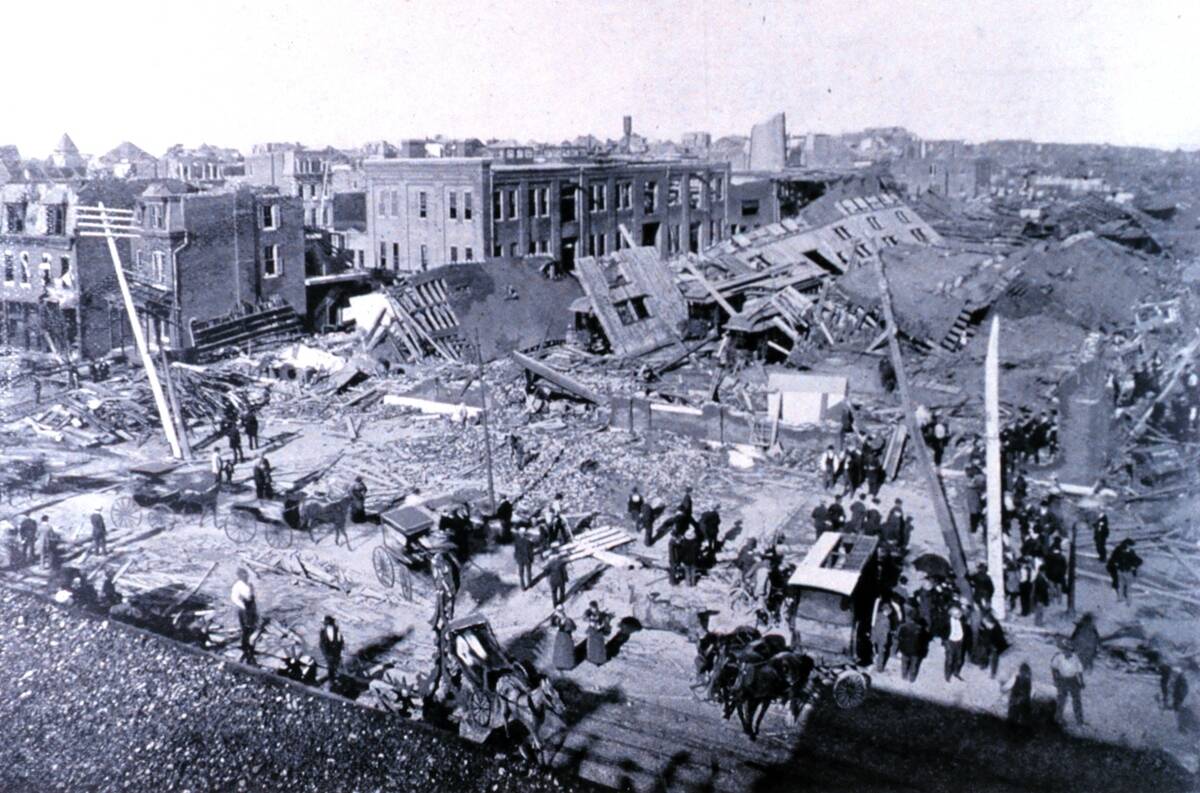
According to the National Oceanic and Atmospheric Administration, multiple tornadoes touched down near St. Louis, Missouri, in 1896 alone. However, the city’s Eads Bridge had managed to withstand all but one, which cut a devastating three-mile-wide path across the city, chewing up entire neighborhoods at a time while decimating the city’s central infrastructure.
However, that’s not the only reason why the tornado was considered the disaster of a generation, as it claimed at least 255 lives, injured about 1,000 people, and caused the modern equivalent of $700 million in damages. Even at the time, newspapers admitted that the full extent of the death toll might never be known.
The Tupelo Tornado – 1936
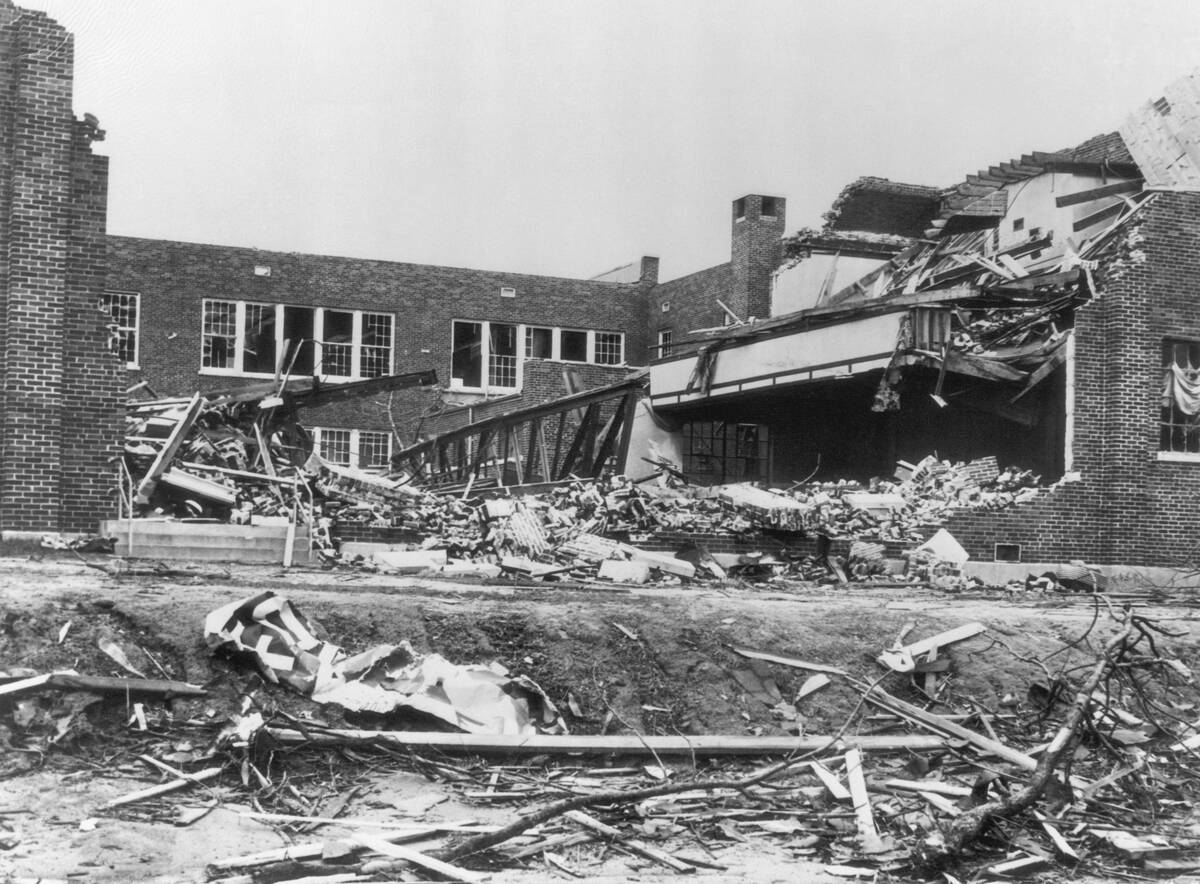
According to the National Weather Service, April 5, 1936, was an incredibly destructive day for the American South. That’s because at least 12 twisters wreaked havoc between Arkansas and South Carolina. One of the largest struck Tupelo, Mississippi, leaving a 15-mile path of destruction that resulted in the modern equivalent of $68.8 million in damages.
Sadly, the human cost was even more devastating, as the F5 Tupelo Tornado alone was responsible for 216 fatalities and 700 injuries. Interestingly, one of the tornado’s survivors was a newborn Elvis Presley.
The Gainesville Tornado – 1936
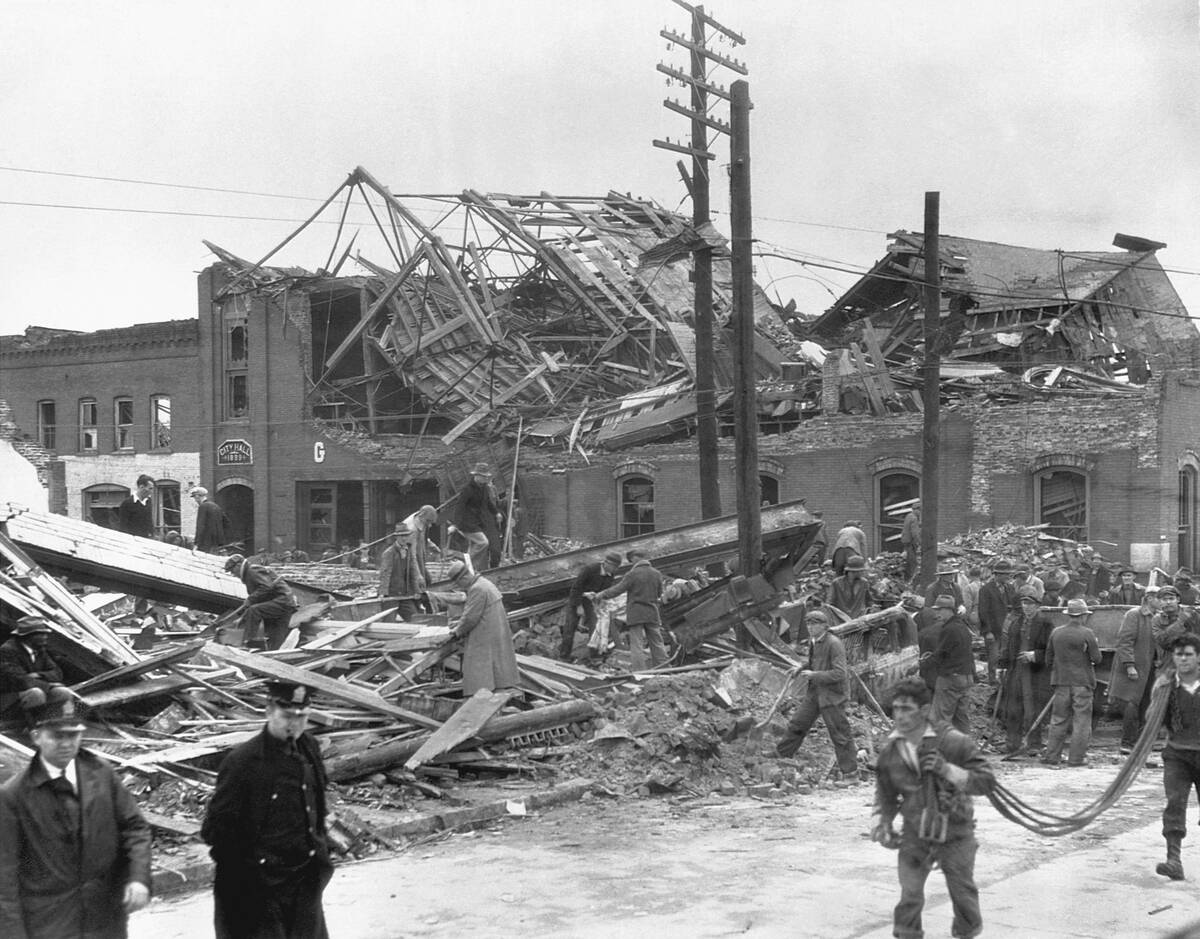
Although the Tupelo Tornado was one of the most infamous twisters to ravage the Southeastern United States between April 5 and April 6, 1936, there was another one that was about as large. According to the National Weather Service, this one touched down in Gainesville, Georgia.
While it’s true that the Tupelo Tornado was slightly larger than the F4 twister that struck Gainesville, that didn’t make the Georgia tornado any less destructive. In addition to destroying buildings like the town’s city hall (pictured), the Gainesville Tornado killed an estimated 203 people and caused an additional 934 injuries.
The Woodward Tornado – 1947
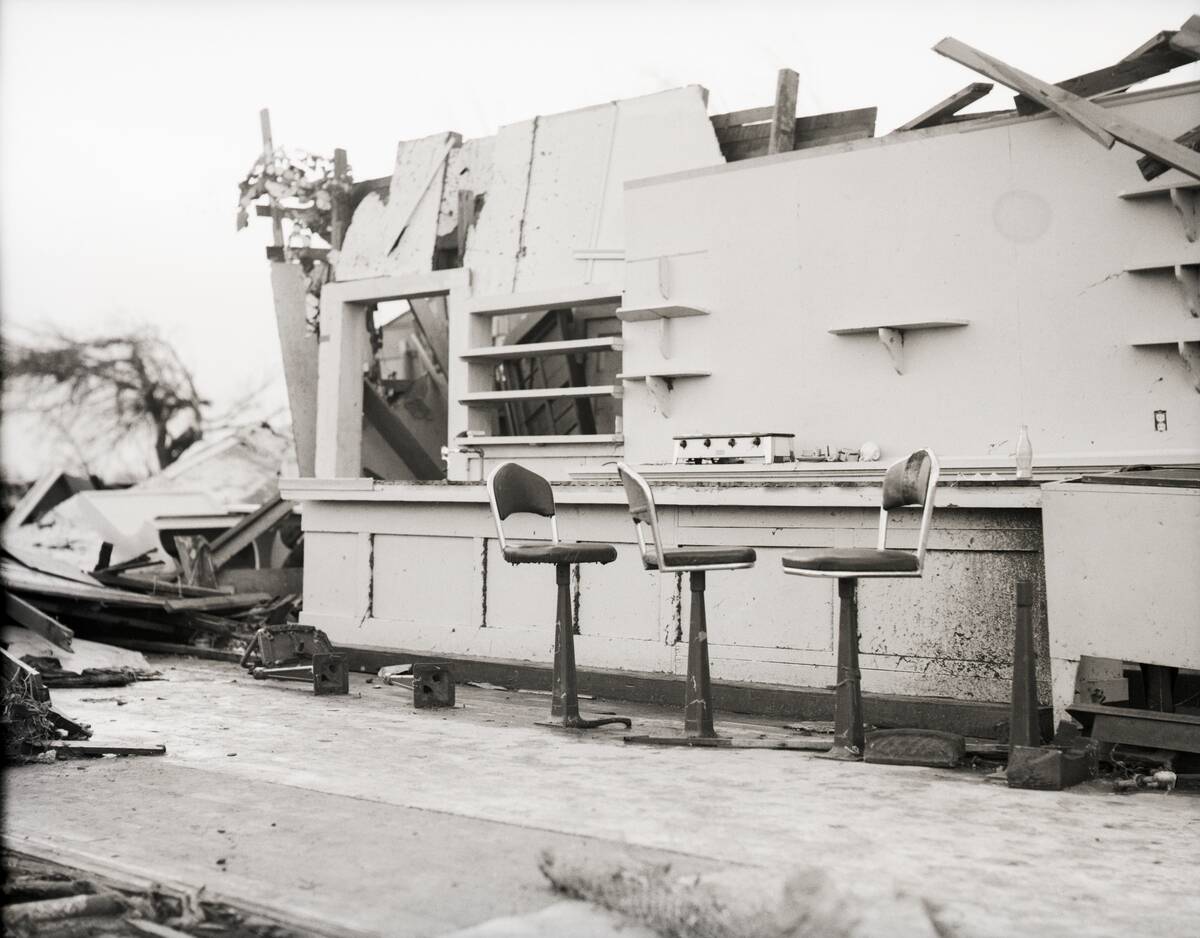
According to the National Weather Service, a staggering family of tornadoes that ranged between six and 17 twisters proved a widespread hazard in Kansas, Texas, and especially Oklahoma. Although most of these tornadoes uprooted barns and caused stray injuries, the F5 twister that devastated the Texas towns of Glazier and Higgins before doing the worst of its damage in Woodward, Oklahoma, was the worst by far.
In addition to destroying over 1,000 homes and businesses, the tornado was responsible for at least 69 deaths in Texas and 116 in Oklahoma, bringing the minimum possible death toll to 185. At least 1,000 additional people were injured, and the tornado has gone down as the worst in Oklahoma’s history.
The Concordia Parish Tornado – 1908
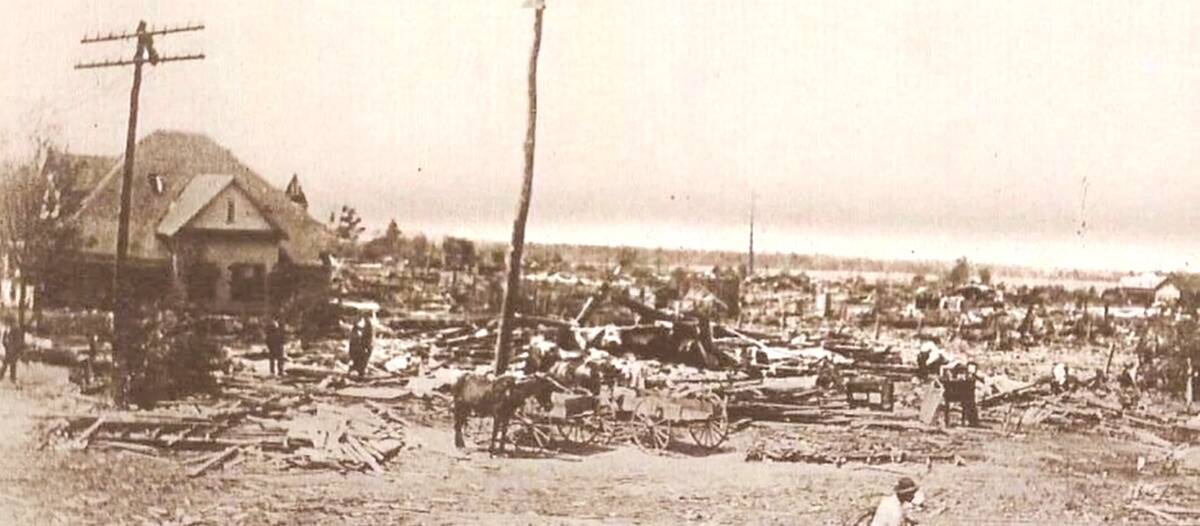
Between April 23 and April 25, 1908, 13 states throughout the American South were subjected to the 1908 Dixie Tornado Outbreak, in which at least 31 tornadoes caused varying levels of destruction. However, the most destructive trio among them struck on April 24, and the first of them first appeared in Concordia Parish, Louisiana, before passing through Pine Ridge and Church Hill in Mississippi.
As Thomas P. Grazulis wrote in The Tornado: Nature’s Ultimate Windstorm, this F4 tornado was reported to have killed 30 people in Concordia Parish, 30 more near Pine Ridge, and an additional 21 in Church Hill. However, this reported figure of 91 fatalities and 400 injuries is likely underreporting the total destruction, as Southern newspapers at the time weren’t known to include Black Americans in these estimates.
The Amite–Pine Tornado – 1908
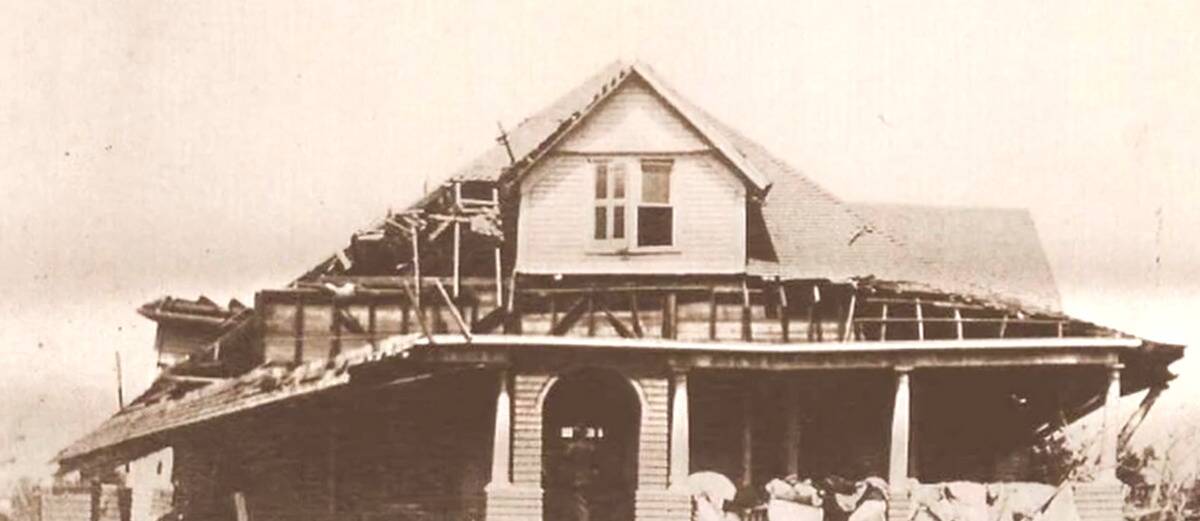
As destructive as the Concordia Parish Tornado was, it was neither the only nor the worst tornado to wreak havoc between Louisiana and Mississippi during the Dixie Tornado Outbreak of 1908. The very same day, another F4 tornado struck the Louisiana towns of Amite and Pine, as well as the Mississippi towns of Purvis and Richton.
According to National Hurricane Center information obtained by Maryland’s state government, this tornado was reportedly two miles wide and devastated Purvis so completely that only seven of its original 150 homes remained standing after it dissipated. However, it’s the estimated death toll of 143 and the total injury estimate of 770 that makes this one of America’s worst tornados and the worst of the 1908 outbreak.
Walker To Dekalb County Tornado – 1908
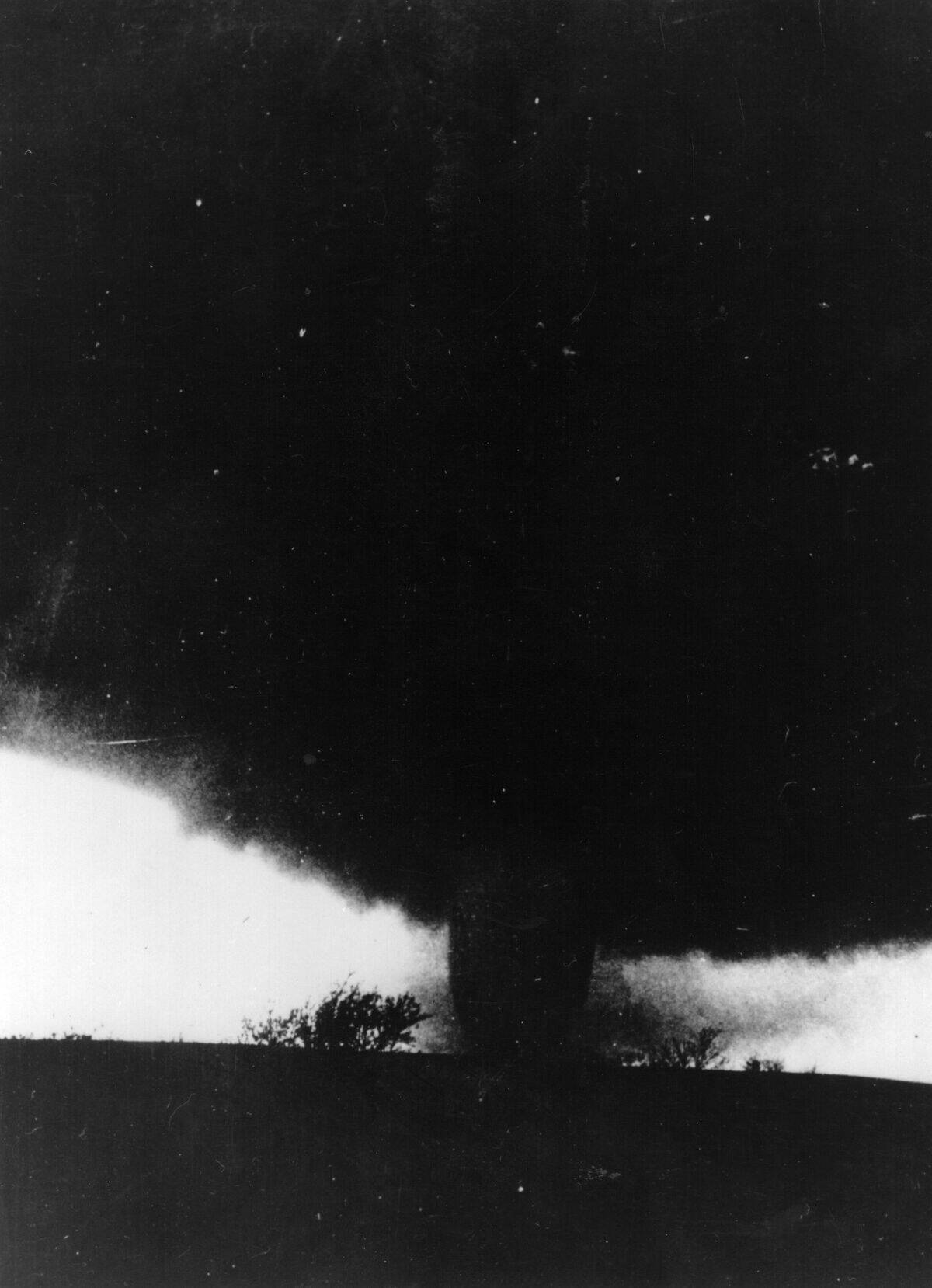
Although it was the least destructive of the three largest tornadoes to strike the American Southeast during the Dixie Tornado Outbreak of 1908, that didn’t make this F4 tornado any less devastating for the people between Dora, Alabama, and Sylvania, Alabama.
This was especially true in the town of Bergen, which was completely destroyed by the tornado. According to the National Weather Service, however, its 105-mile damage path gave it the chance to cause enough destruction that at least 35 people were killed and 188 people were injured in its wake.
New Richmond Tornado – 1899
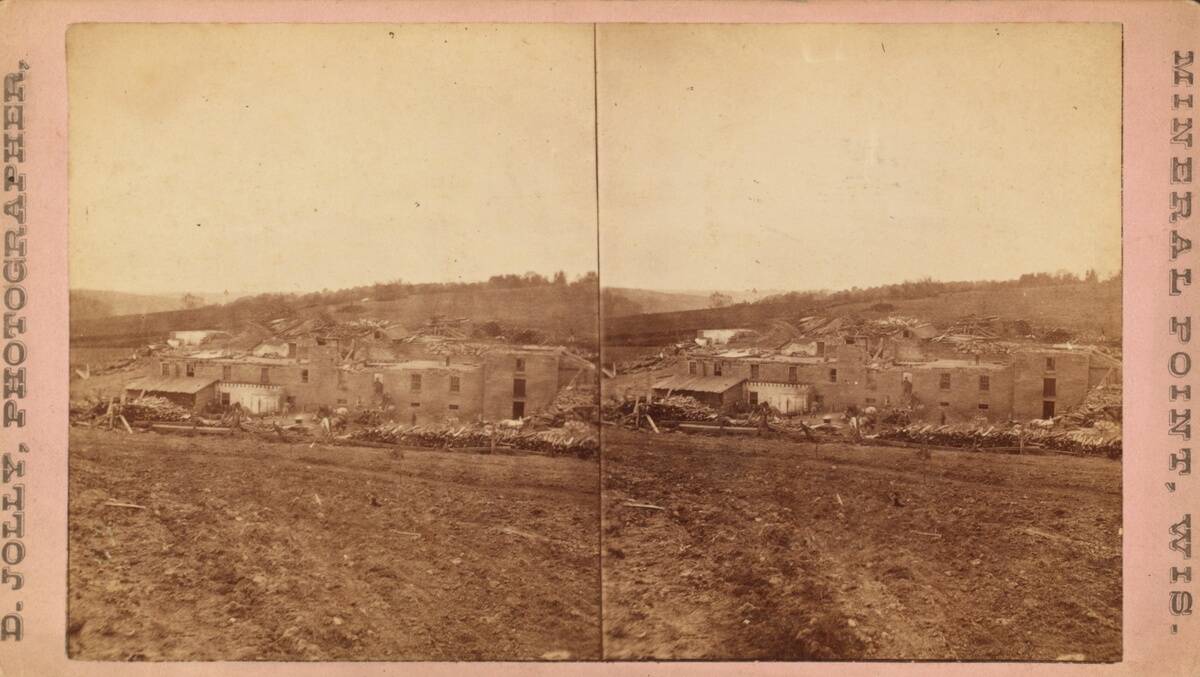
According to the Wisconsin Historical Society, The New Richmond Tornado was the worst in the Badger State’s history and was known for almost completely destroying the town it’s named for. Specifically, the town’s Catholic and Baptist churches were some of the only structures still standing after the tornado destroyed over 500 buildings.
Worst of all, the tornado’s path of destruction claimed the lives of 117 people in New Richmond and its surrounding area. Injuries at the time were estimated to total 125 affected people.
Flint-Beecher Tornado – 1953

According to the National Weather Service, the Flint-Beecher Tornado is the worst in Michigan’s history and the tenth worst in American history. This is partially due to the F5 tornado’s incredibly destructive power, as it caused the modern equivalent of $220.6 million throughout Southeastern Michigan.
Specifically, 340 homes were destroyed, 107 experienced “major damage,” and 60 buildings faced the same fate. The tornado’s 27-mile path of destruction also claimed the lives of 116 people while injuring an additional 844 residents.
The Worcester Tornado – 1953
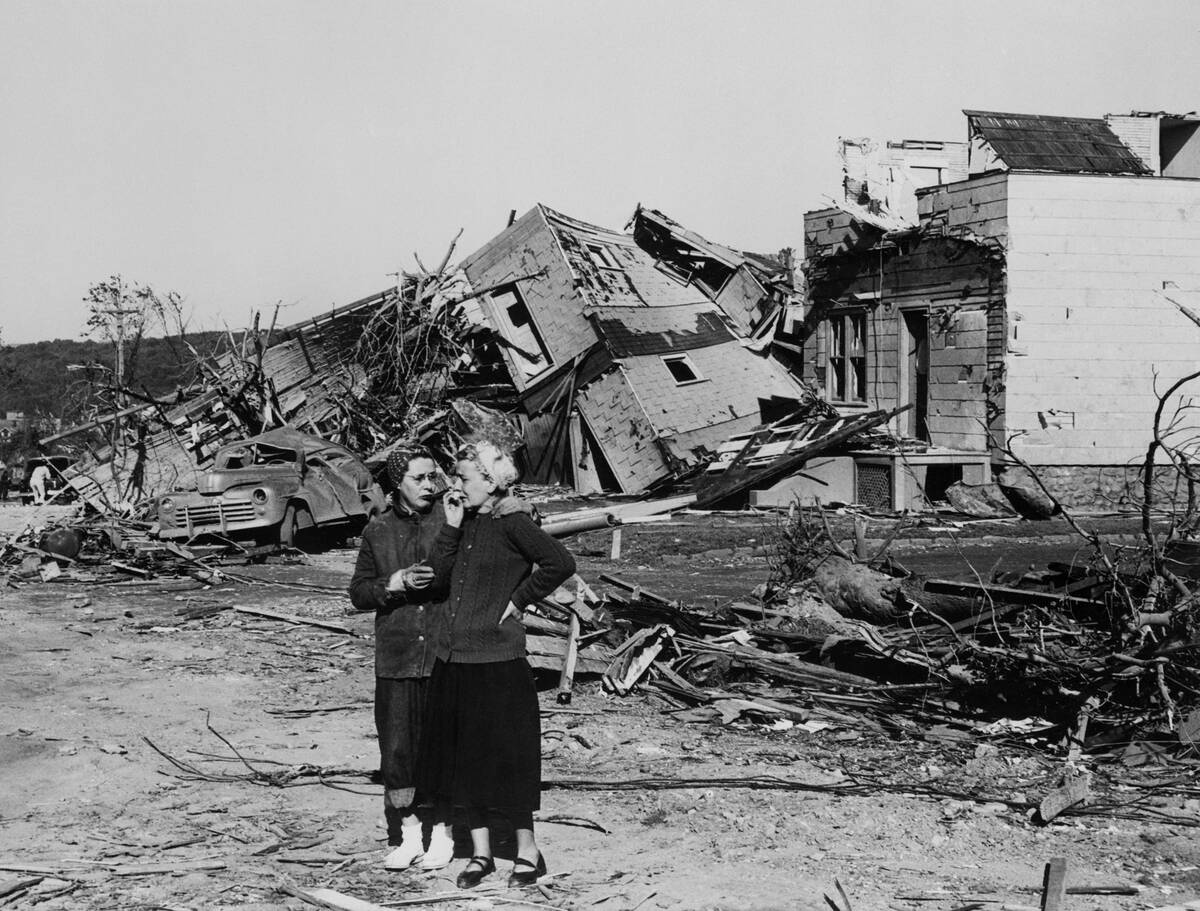
According to the Massachusetts Historical Society, a massive tornado with a mile width, a 45-mile path of destruction, and winds exceeding 300 miles per hour ravaged the city of Worcester and its surrounding towns on June 9, 1953. In addition to a tragic 93 fatalities, the tornado was responsible for a staggering 1,288 injuries and 4,000 destroyed buildings.
Although the storm only lasted 84 minutes, that proved to be enough time to rack up the modern equivalent of $603.8 million and render at least 5% of Worcester’s population homeless. The Worcester Tornado also reportedly resulted in hailstones the size of baseballs.
The Waco Tornado – 1953

It’s a disturbing portrait of the history of tornadoes in Texas to discover that the Waco Tornado of 1953 is just barely the worst of its kind in the Lone Star State since 1900. However, it comes by that title honestly, as the National Weather Service explained that the F5 tornado killed 114 people and injured an additional 597.
In addition to the somber human cost, the Waco Tornado caused the modern equivalent of $476 million in damages, thanks to the 600 houses and buildings it destroyed, the further 1,000 that it damaged, and the 2,000 vehicles it damaged. The only silver lining of the tornado is that it compelled Texas A&M University and the predecessor of the National Weather Service to start developing a tornado warning system.
The Goliad Tornado – 1902
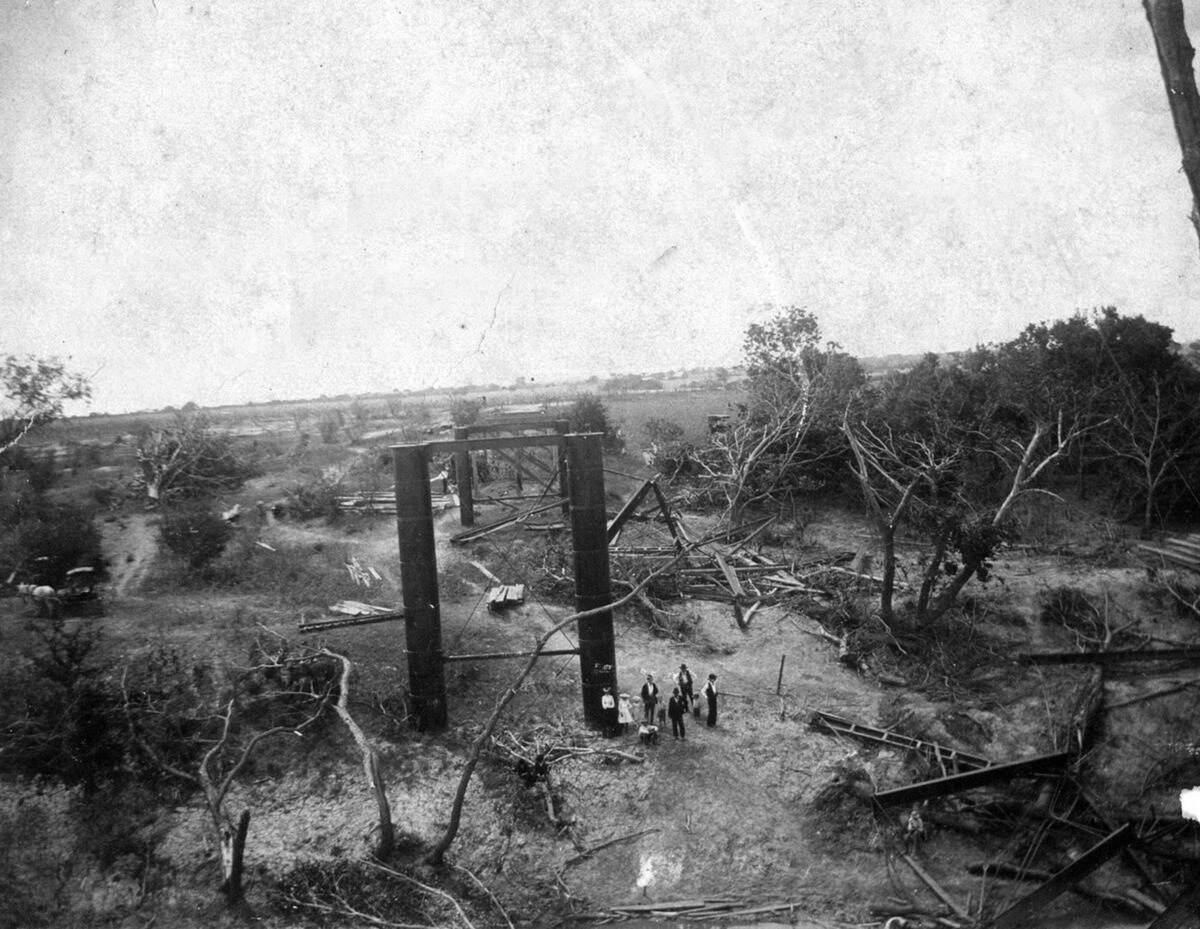
Although the Waco Tornado is the most destructive tornado known in Texas history, a similarly horrific tornado that devastated Goliad, Texas, in 1902 once held that unfortunate title. According to the National Weather Service, the eerie truth is that it had the exact same death toll of 114 people as the Waco Tornado would inflict 51 years later.
However, it’s considered secondary in destructive power to the Waco Tornado due to the fact that it resulted in an estimated 250 injuries, which is less than half of the later tornado’s total. Although the figures for the tornado’s material destruction aren’t as thorough as in the case of the Waco tornado, the Goliad Tornado was responsible for destroying hundreds of buildings on Goliad’s west side.
The Omaha Easter Sunday Tornado – 1913
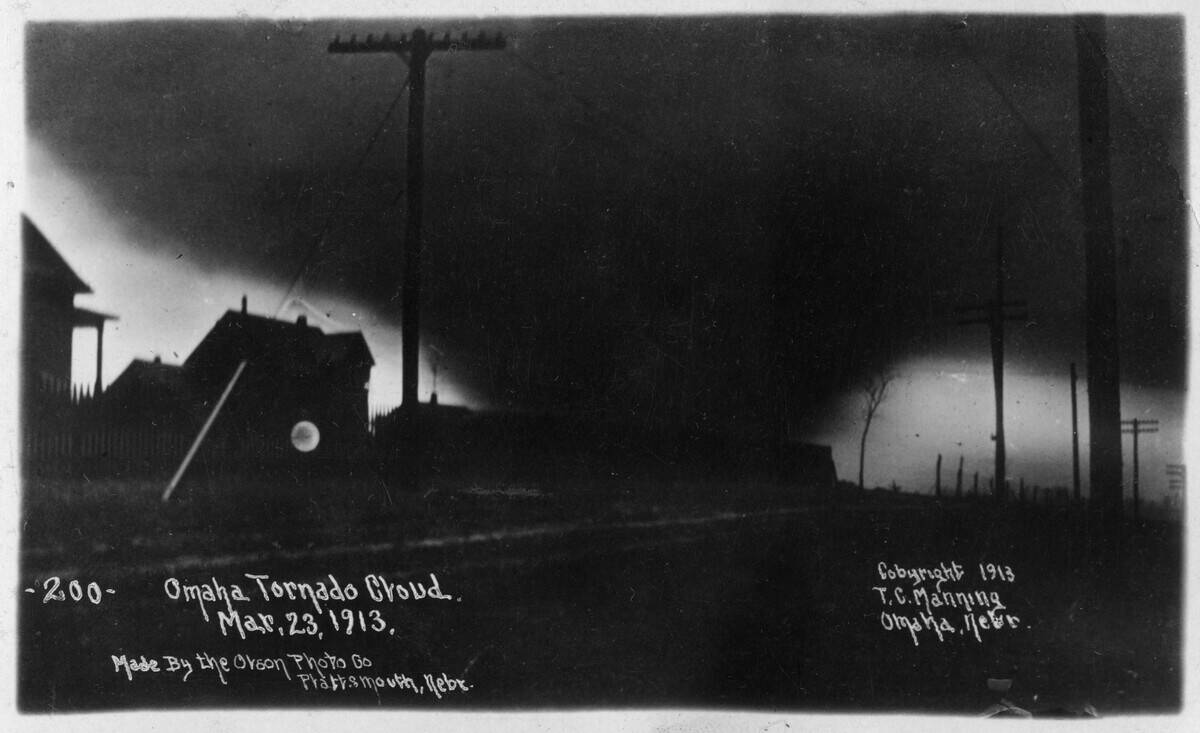
According to the National Weather Service, spring is tornado season in Nebraska, and it came early on March 23, 1913, due to unseasonably warm weather. Unfortunately, this unexpected warmth created the right conditions for a massive tornado that managed to cross 40 miles in just 35 minutes.
This barely gave residents any time to take cover, and the tornado proved fatal for 38 people across Cass and Saunders counties and an additional 103 in the Omaha area, bringing the total to 141. Although it’s unknown how many injuries the tornado caused, it destroyed 800 homes and severely damaged 2,000 more, resulting in an estimated modern equivalent of $278.9 million.
The Mattoon-Charleston Tornado – 1917
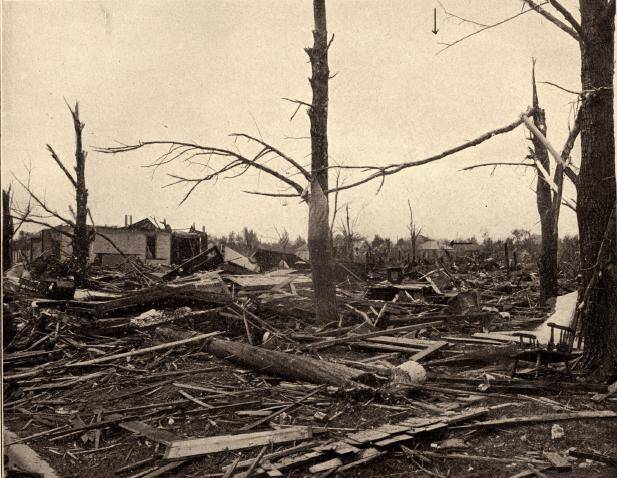
Although the National Weather Service described the Mattoon-Charleston Tornado as the third worst in the Prairie State’s history, but that’s true because the other two (the Tri-State Tornado and the St. Louis Tornado) involved other states. Although the F4 tornado that passed between Mattoon and Charleston, Illinois, was the most destructive one that year, it was part of a system of four to eight tornadoes.
Although the tornado family at large killed 383 people over the course of a week starting on May 25, 1917, 108 of those fatalities were the result of the Mattoon-Charleston Tornado alone. It also caused approximately 638 injuries and left about 2,000 people without homes.
The Shinnston Tornado – 1944
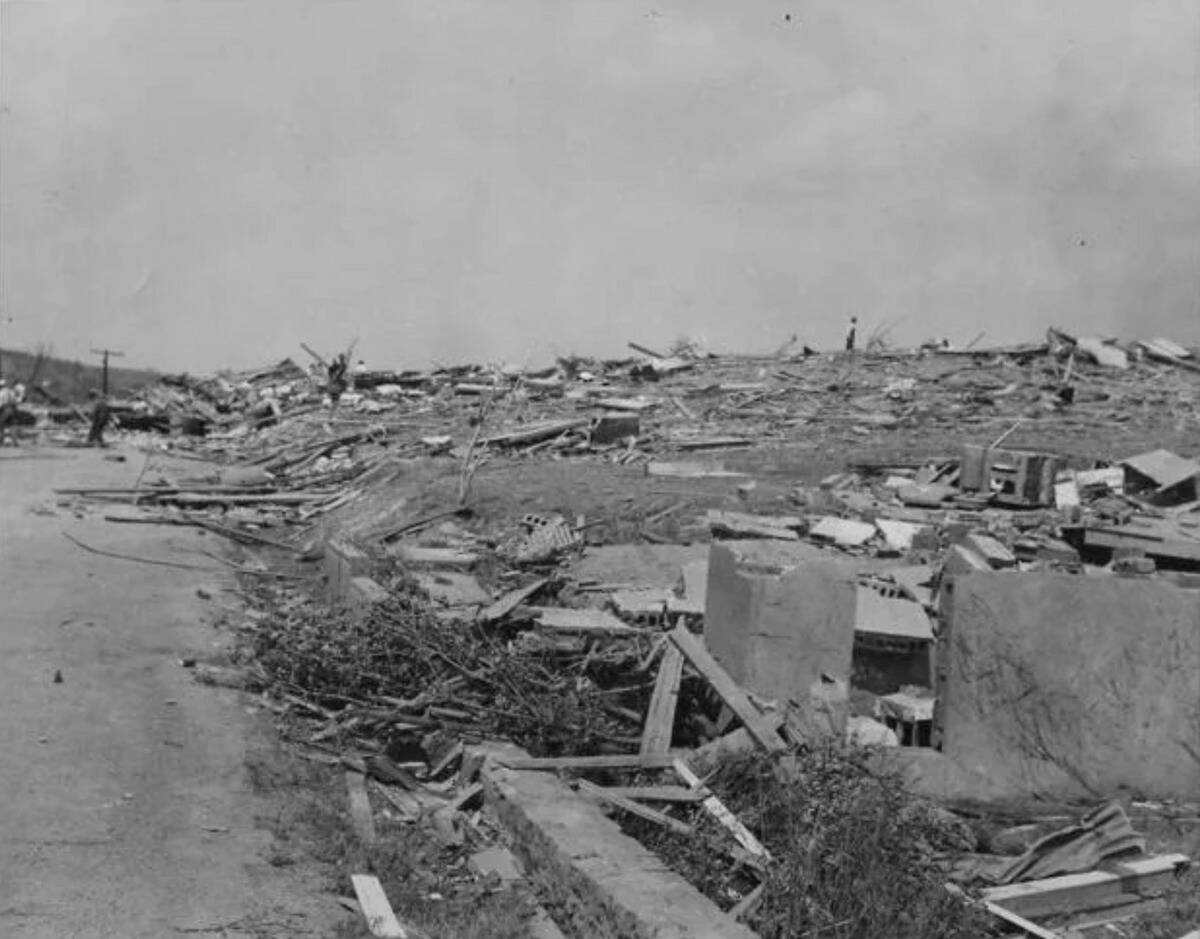
According to WV Public Broadcasting, the deadliest tornado in West Virginia history touched down on farmland northwest of Shinnston before passing through and nearly destroying the town on June 23, 1944. Only 10 houses stood in Shinnston’s Pleasant Hill district and the two nearest hospitals had to provide care by candlelight due to power outages.
Although a traveling circus helped one of them with their generator, the F4 tornado caused a catastrophic amount of damage before the dust settled. 103 West Virginians died from the storm — 66 of them were in Shinnston and the surrounding area — and 430 were seriously injured.
The Marshfield Tornado
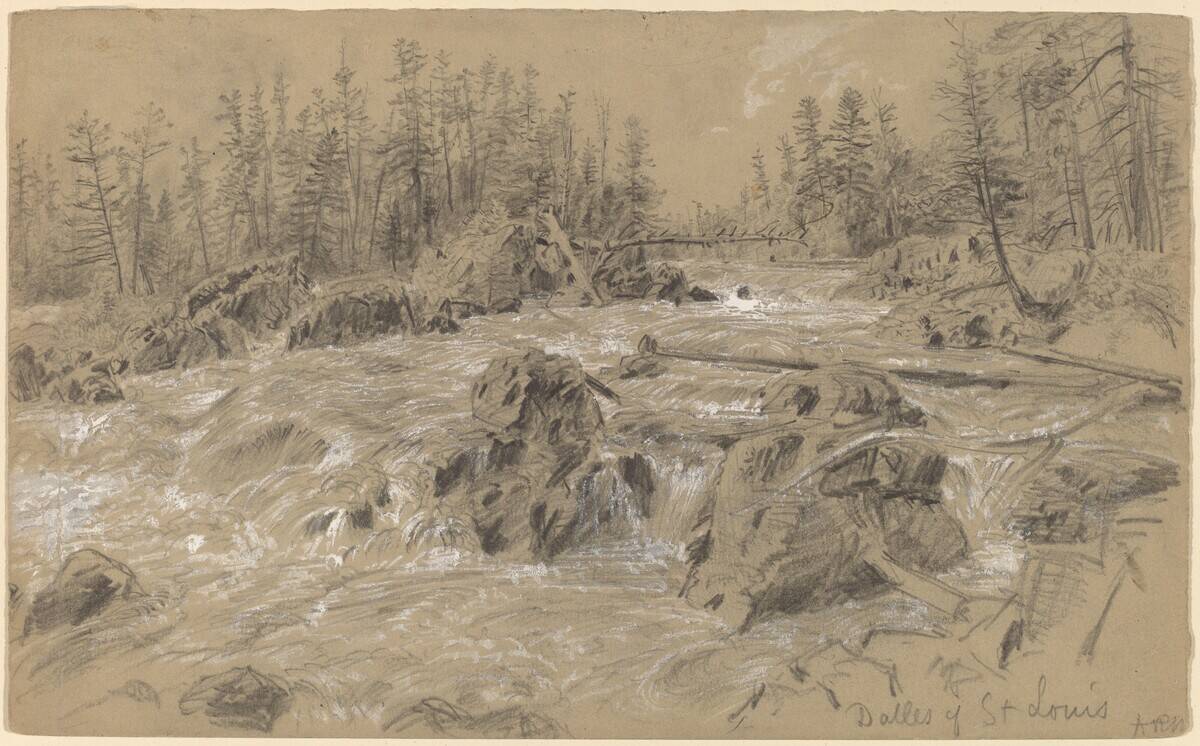
Although Missouri was hit with a devastating family of tornados on April 18, 1880, the largest of them struck the town of Marshfield. Many of the tornadoes involved followed each other by only tens of minutes and all but wiped the villages of Licking and Barnettsville.
However, Marshfield was a larger town, which makes it staggering to learn that just one tornado destroyed or severely damaged almost every building that stood there. According to the state government website Missouri Storm Aware, the Marshfield Tornado killed 99 people on its own. The total death toll from all of the day’s tornadoes was estimated at 151 people.
The Snyder Tornado – 1905
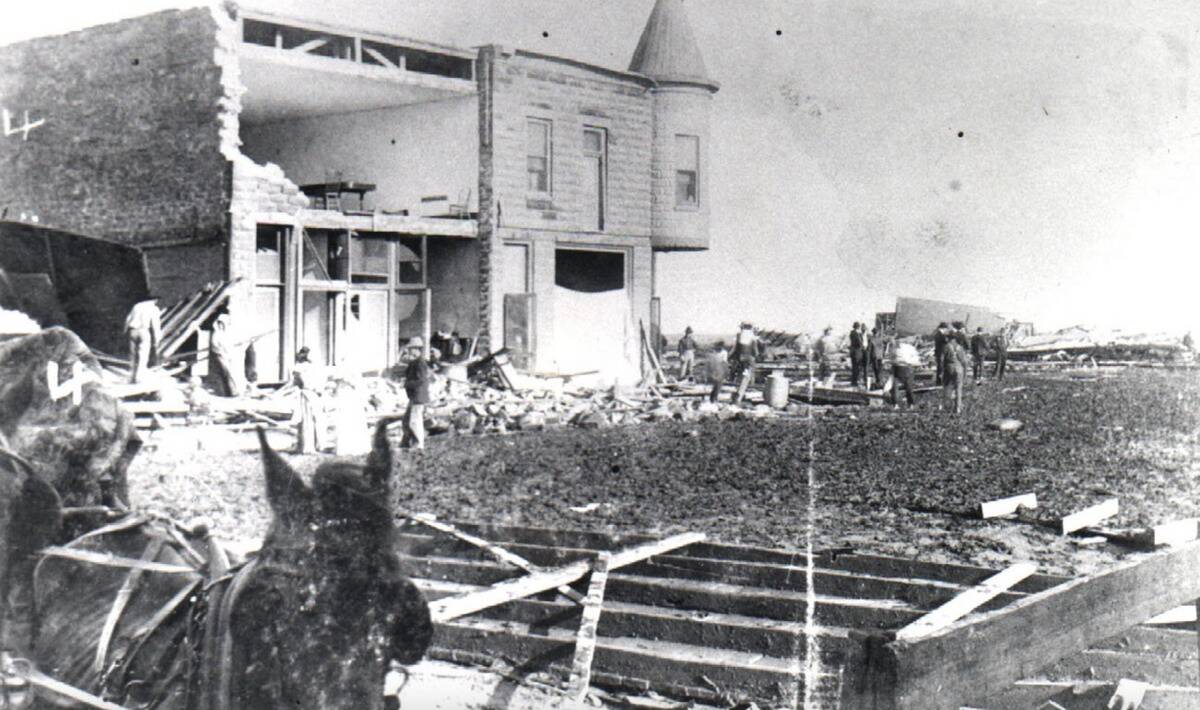
Although Oklahoma residents are no stranger to tornadoes, two particular incidents were devastating enough to remain infamous in the Sooner State decades after they happened. One was the aforementioned Woodward Tornado of 1947, but the other was more localized to Oklahoma and occurred 42 years earlier.
According to the National Weather Service, a tornado family spread destruction throughout Southwest Oklahoma, but one particularly deadly twister was described as “flattening” the town of Snyder. Although the official death toll was 97 people, the National Weather Service has since suspected that the real number of casualties is likely higher.
The Camanche Tornado – 1860
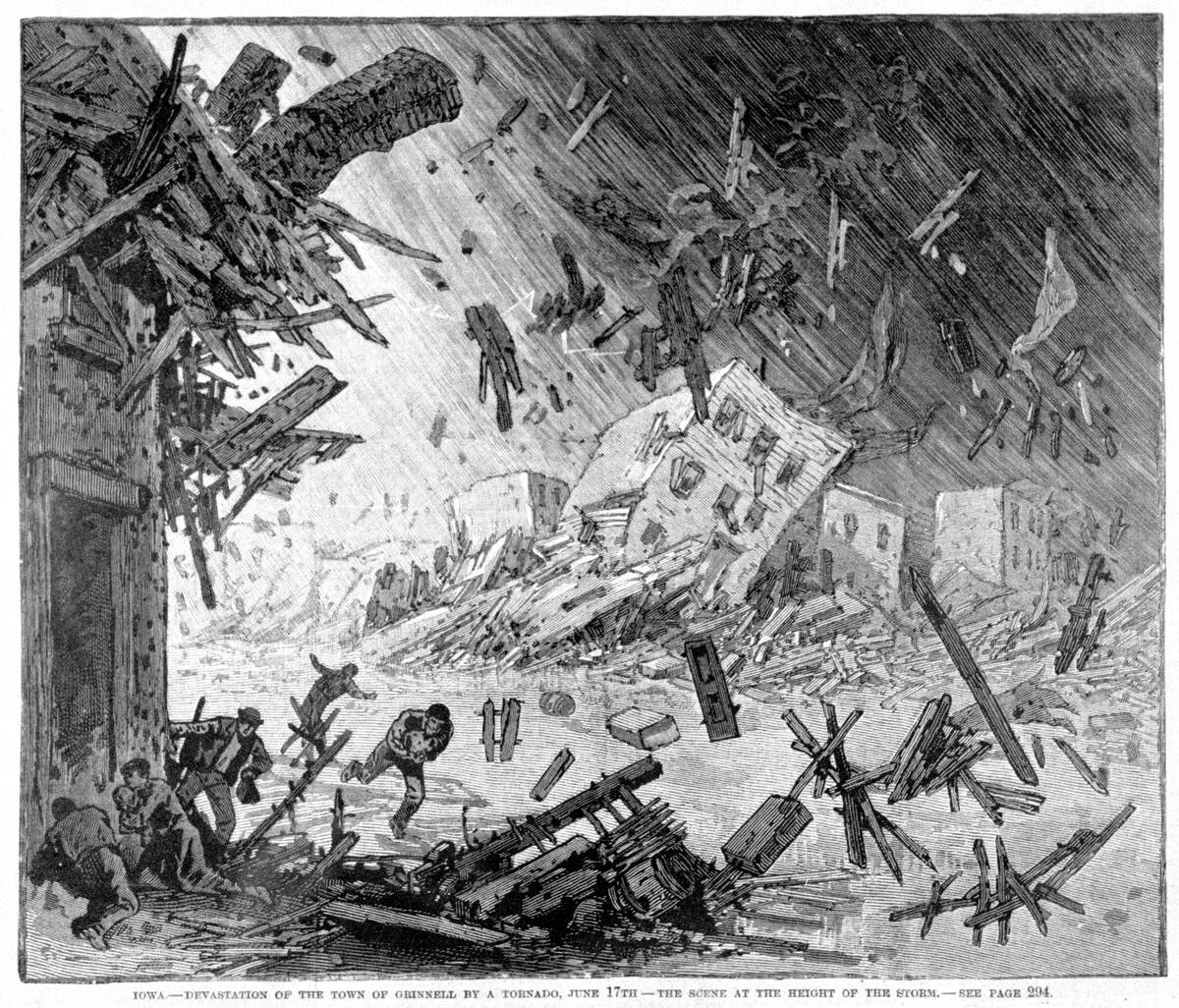
According to The Clinton Herald, Camanche, Iowa, had the potential of being a much larger place than the modest town it is today. However, a severely destructive tornado that cut a path between the town and Albany, Illinois, appeared to stunt that growth in a way Camanche never truly recovered from.
Although the newspaper described the tornado as killing over two dozen people after it touched down on June 3, 1860, the National Oceanic and Atmospheric Administration estimates its total death toll at 92 people. It also destroyed a large section of the Camanche, and likely wasn’t any kinder to the other towns in its path.
The Starkville Tornado – 1920
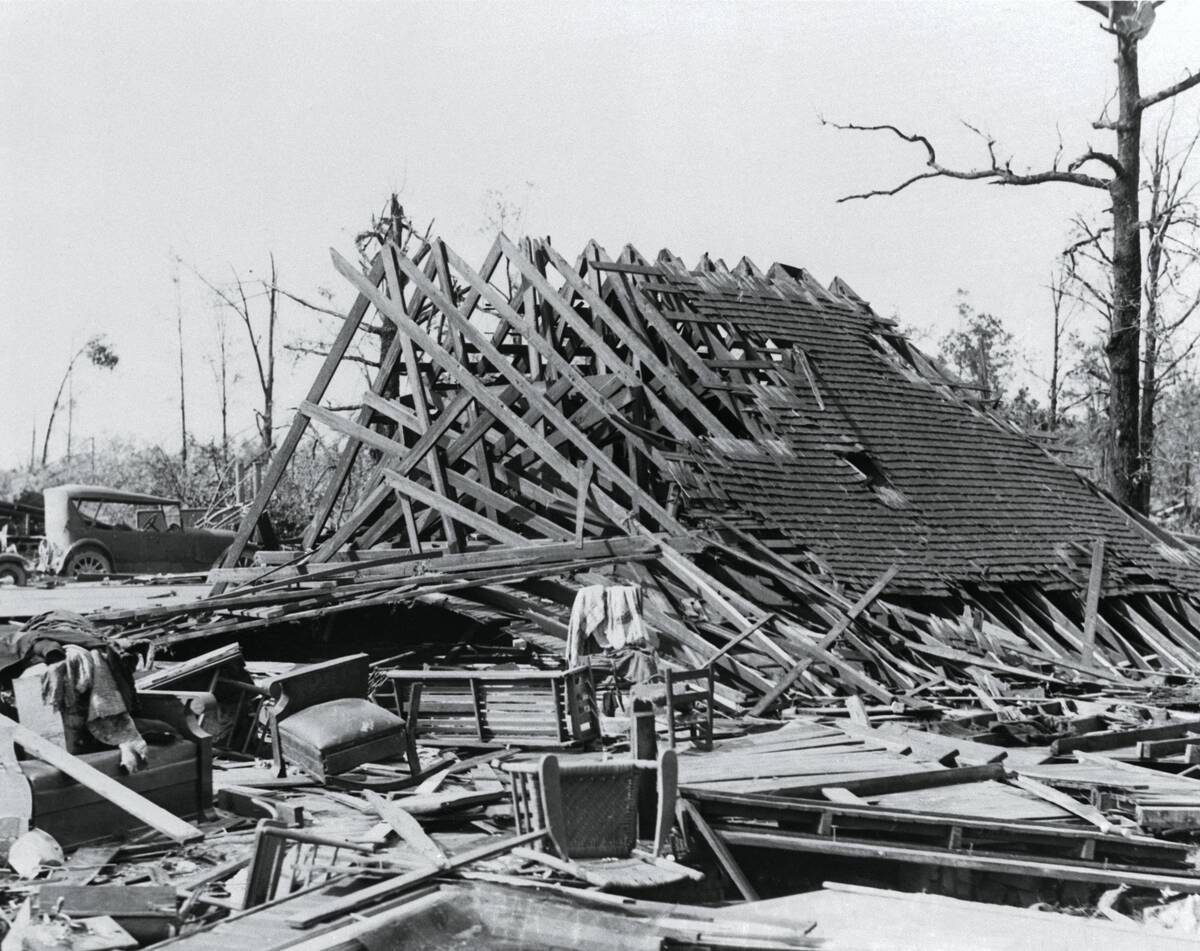
According to the National Weather Service, an outbreak of seven different tornadoes ravaged Alabama in 1920, and all but two of them caused at least one fatality. However, the deadliest of them touched down on April 20 and passed through Bradley, Starkville, Bexar, and parts of Lawrence County.
In the years since, it’s also been a heavily disputed tornado, as the National Weather Service includes two wildly different estimates of its size and the extent of the F4 tornado’s damage. While conservative estimates suggest the tornado had a destructive path 63 miles long and caused 44 fatalities and 350 injuries, other estimates suggest the tornado’s path was 130 miles and that 88 people died and 700 were injured when they were caught in it.
The Lorain-Sandusky Tornado – 1924
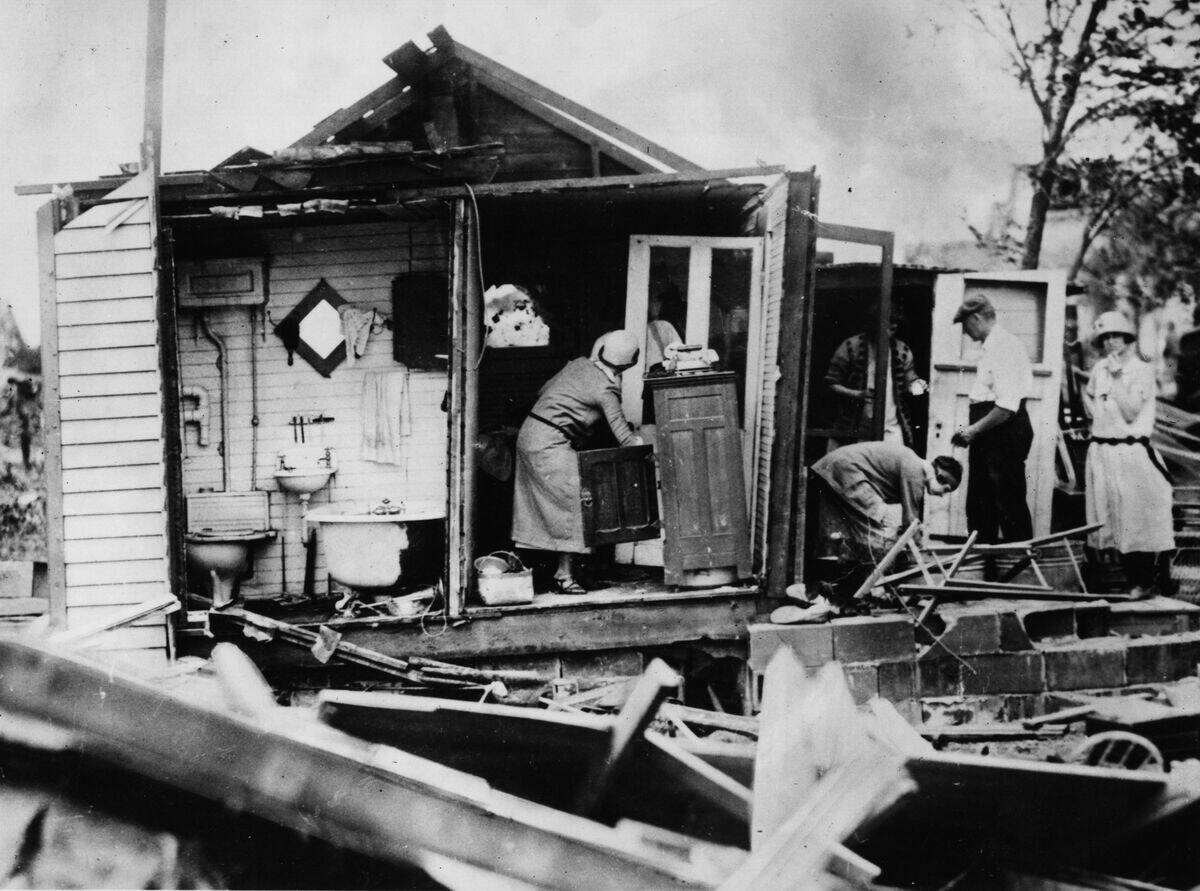
As the Michael Schwartz Library at Cleveland State University explained, much of the devastation from the tornado that severely damaged two Ohio communities on June 28, 1924 came as a result of the storm being so unexpected. In one particularly harrowing tale, Lorain’s State Theater collapsed from the force of the tornado while people were still inside.
Although the tornado severely damaged Sandusky, it devastated Lorain and severely affected 125 city blocks there. All told, the tornado claimed 78 lives, destroyed 500 homes, and rendered 7,000 people homeless. In modern terms, the tornado caused $238.4 million in damage.
The Udall Tornado – 1955
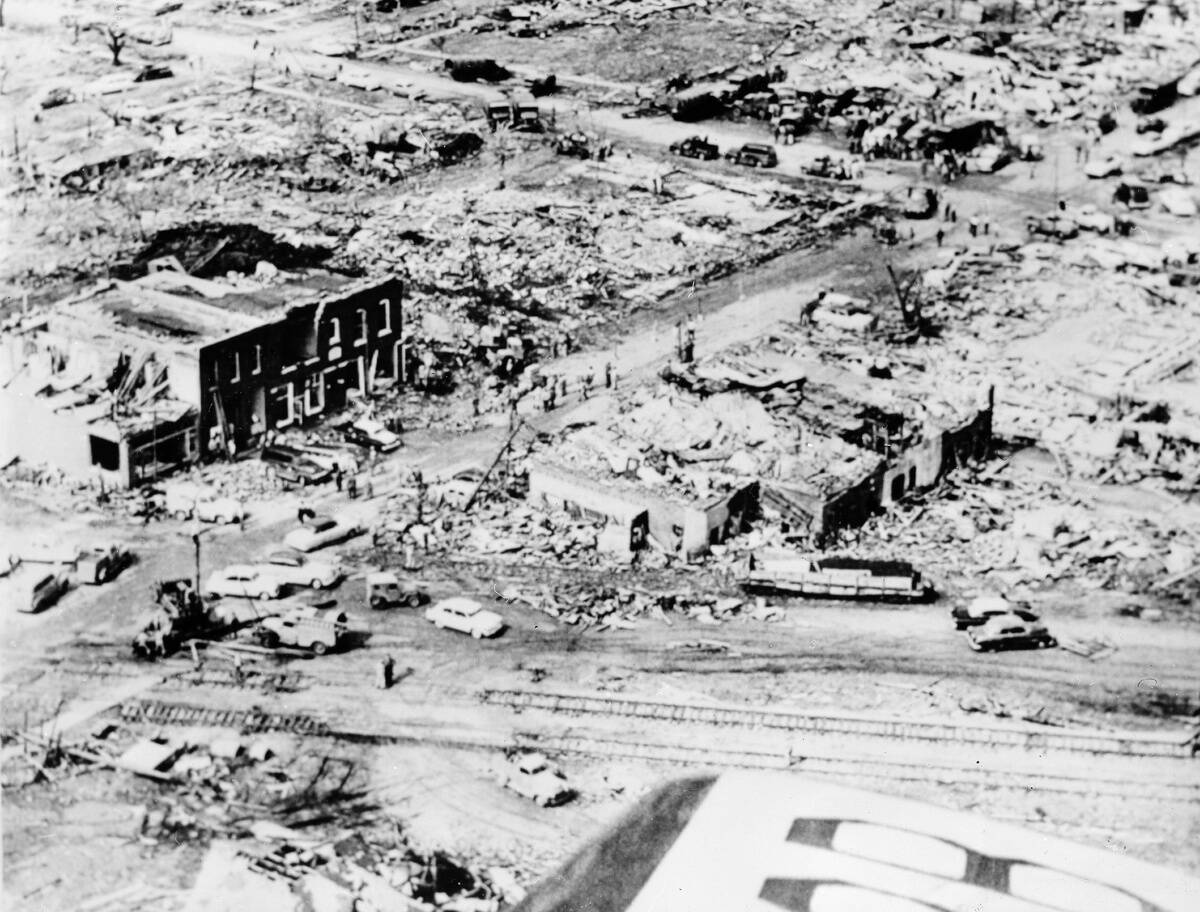
Although many Kansas residents are used to tornadoes by now and have infrastructure intended to protect their communities from them, Kansas Public Radio explained that this was nowhere near as true in 1955. Not only was there no warning system yet, but the response of authorities was described as both delayed and uncoordinated.
It’s true that the tornado that devastated the small town of Udall would have destroyed the schools, churches, and 170 homes it had, no matter what anyone did on May 25, 1955. however, it’s very likely that far fewer than 77 people would have lost their lives if a similar tornado had struck today.
The Witchita Falls Tornado – 1979
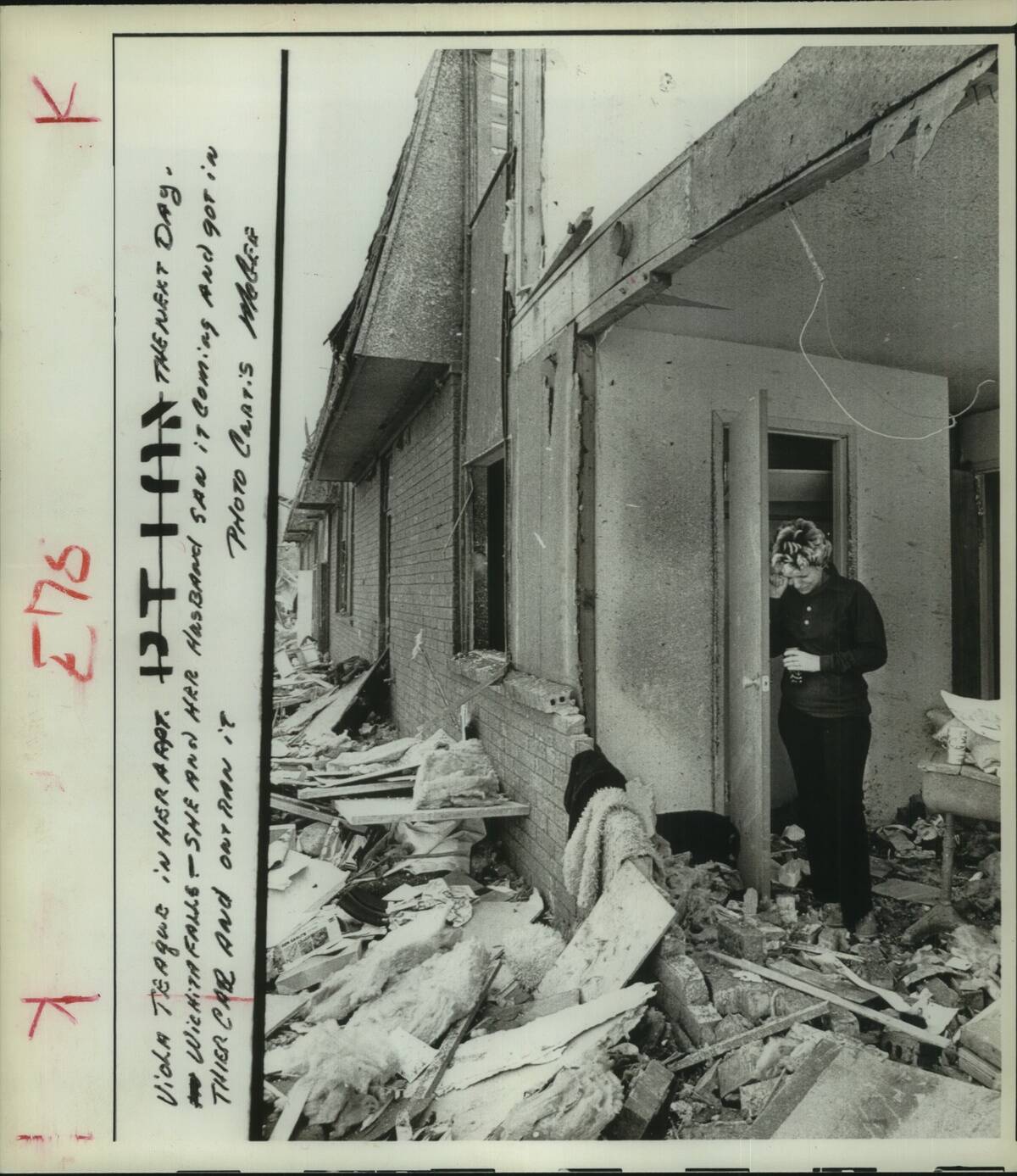
Although the National Weather Service described the F4 tornado that touched down near Holliday, Texas, as proving devastating for the city of Witchita Falls, it was just as destructive for those unfortunately enough to be on the roads at the time. Out of the 42 people the tornado killed, 25 of these fatalities were described as “vehicle-related.”
Although the death toll was thankfully much lower than in other infamous tornadoes listed here, the mile-and-a-half-wide tornado still had staggering consequences for Witchita Falls when it struck on April 10, 1979. In addition to causing over 1,700, it also destroyed 3,000 homes and left 20,000 people like this sobbing woman homeless.
The Frost Tornado – 1930
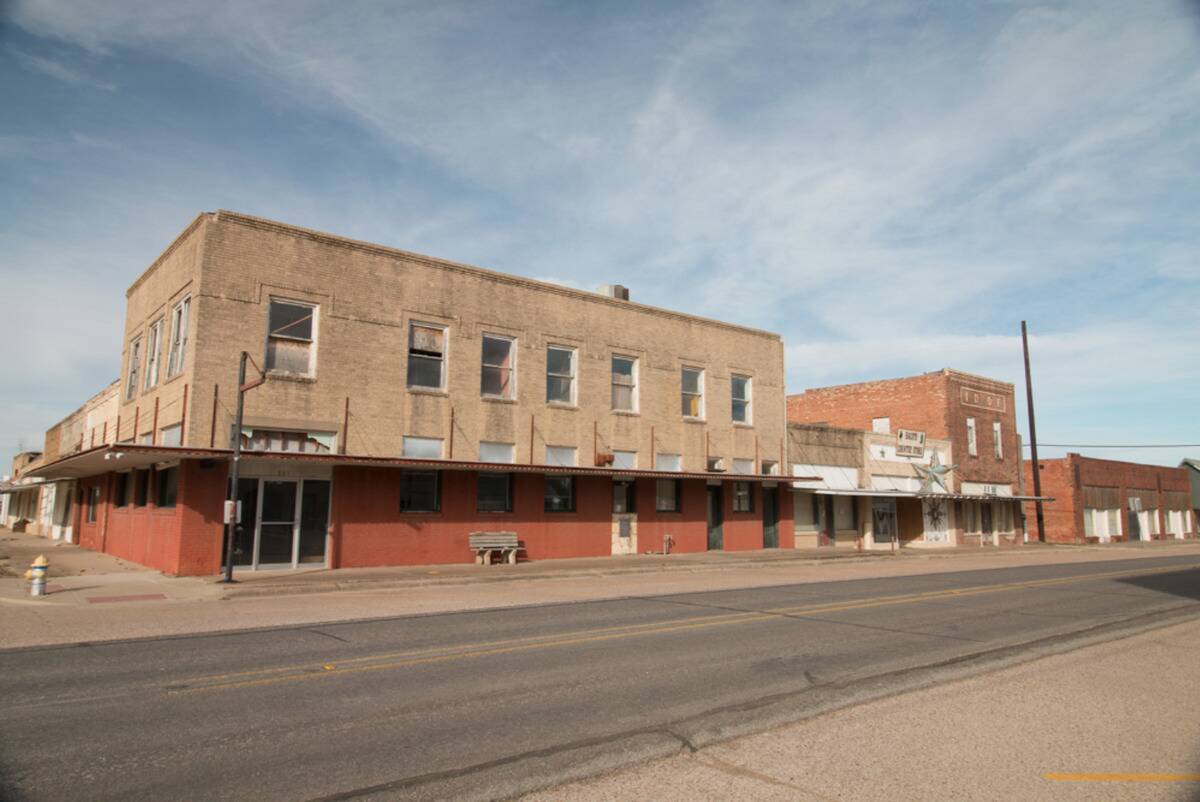
While the name may suggest an unusually icy tornado passed through Hill County, Texas, on May 6, 1930, the storm is actually named for the town where it caused the most destruction. According to the National Weather Service, the twister killed 25 people there.
However, that wasn’t the end of its rampage. It then headed northeast before it crossed into Ellis County, where it proved similarly destructive for the town of Ennis. By the time it finally dissipated, the F4 tornado had claimed 41 lives and injured 200 people.



